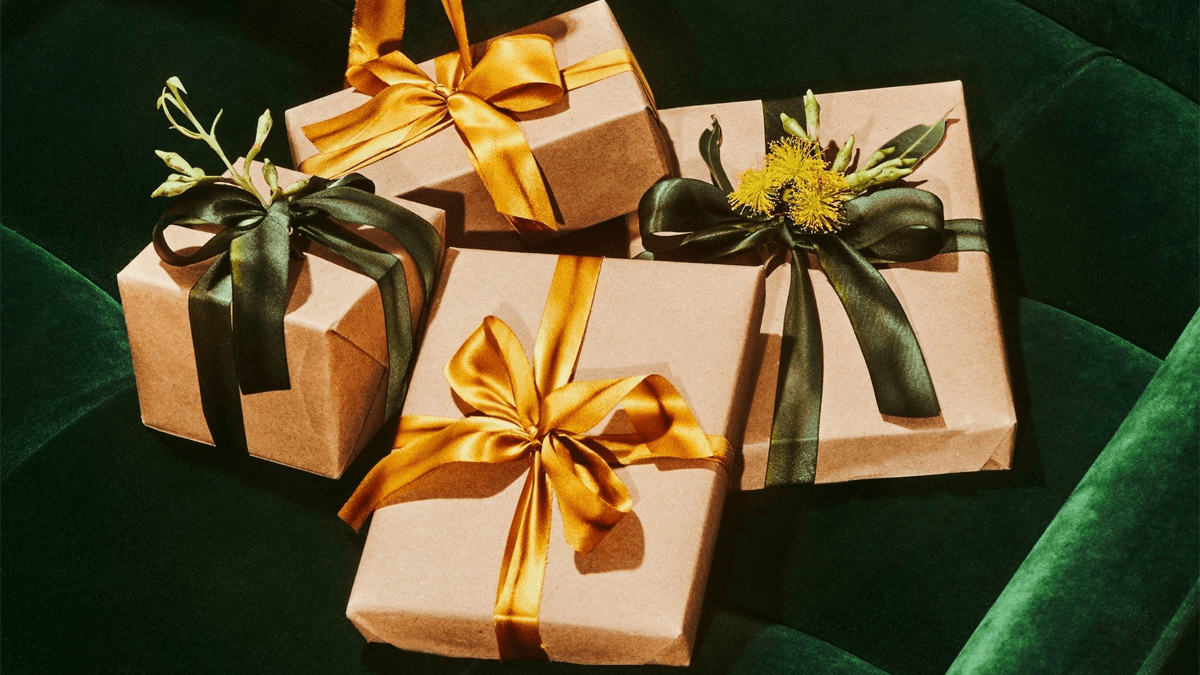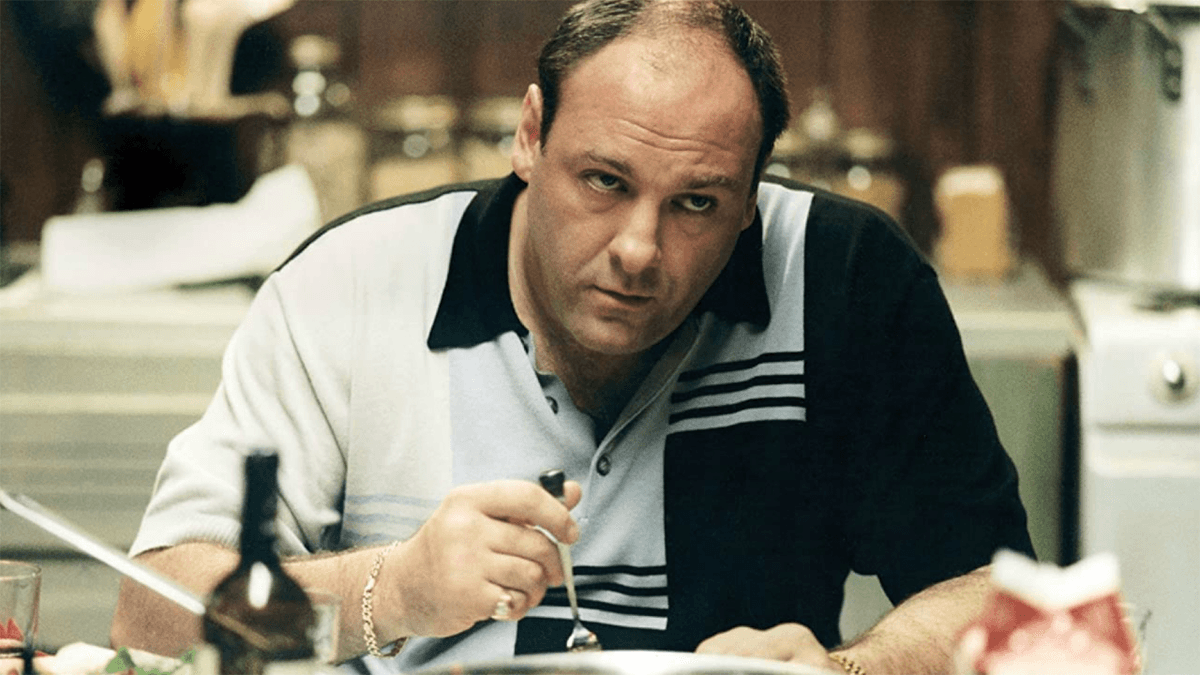WTNB 2025: Fashion as a Journey of Reconnection and Self-Discovery
The first collection of 2025 from the brand invites reconnection with nature and self-discovery, inspired by the Japanese concept of Shinrin-Yoku (forest bathing). The brand proposes a sensory and reflective experience, stimulating a deep contact with natural elements. Designer Ana Clara Watanabe rescues her Japanese roots by incorporating philosophies such as Hansei (reflection) and Kaizen (continuous improvement), translating them into organic prints, traditional tailoring, and the technique of Sumiê, where beauty arises from imperfections and the present moment.

Each piece of the collection results from a careful process, valuing sustainable materials, upcycling, and artisanal techniques such as Sashiko and Boro. This approach respects ancestry and projects a more conscious future, making clothing a means of expression and transformation.

WTNB reinforces its identity by uniting sustainability, art, and Japanese philosophy, providing the audience with a journey of balance and introspection through design. Furthermore, WTNB announces an annual collaboration with sustainable fibers.
We talked a bit with Ana Clara about this new moment for the brand. Check it out below:
What was the main point of inspiration for WTNB's 2025 collection?
The insight for the theme arose when I stumbled upon the book “Shinrin-Yoku: The Japanese Art of Forest Bathing” by Professor Yoshifumi Miyazaki during a trip we took last September at the invitation of an international exhibition with pieces from WTNB at the Brazilian embassy. I was going through a period of anxiety; we had done a fashion show that received significant attention in the media, and with that came the weight of sustaining expectations. At the time, I was also signing two collaborations with major brands, anyway, relevant and positive things happening, but that constant fear of not delivering enough was always present. I have always been a workaholic, and it has cost me a lot - I had two burnouts and have fallen ill from working too much. Loving what we do is something very special, but also very dangerous, especially when the “something” that belongs to us consumes us. I started reading the book on the flight back to São Paulo. Understanding the different types of immersions in the forests around Tokyo that Miyazaki analyzed in his experiments to help treat disorders like anxiety and depression made me realize that even a little contact with nature could help me achieve more serenity in everything I create. With the onset of 2025, my goal was, beyond the expansion of WTNB, to manage the new steps in the healthiest way possible. Since part of our production is concentrated in Pindamonhangaba, my hometown in the interior of the state, I remembered that my father's family had a farm, a space my ditchan bought when he came to Brazil and has been in the family for all these years. My visits there, in addition to aiming for studio visits, took on another reason: to go to the farm and understand how I could make use of that space surrounded by trees to breathe, think, and create in another time. From this, I began reading and learning about other philosophies that fit well into the process I was going through, such as Hansei and Kaizen, which speak about self-reflection and continuous improvement, Boro and Sashiko, which are techniques for repairing pieces while preserving their original structure and bringing beauty to repairs. All of this made a lot of sense for what I wanted for my company: a brand aligned with the time of nature, which through a process of self-analysis understood what could work or not, demonstrating its weaknesses and improving through daily adjustments.

What Japanese techniques have been incorporated into the collection's design, and how do they influence the final result?
The first technique applied was Shinrin-Yoku, which is why we migrated part of our studio to the farm in Pindamonhangaba. There, we began the process of developing prints with the nature that surrounds us, as well as the study of intuitive Kanjis painted with sumiê. Later, we brought Boro and Sashiko into our tailoring fabric stock, developing products that form a large cloak of quilted patches, with numerous topstitches crossing the pieces and returning to the process that WTNB has brought since the beginning: UPCYCLING. Since we are also talking about Kaizen and Hansei, all the material used in this year's first collection was designed to bring comfort and breathability to the skin, in addition to broad designs and tailoring references that are already a signature of the brand, made from denim and Canatiba Têxtil's linen blends created with TENCEL™ Liocel fibers.

How was sustainability addressed in the development of the pieces?
In addition to continuing the work we've been doing for two years in Pindamonhangaba, using the city’s labor in our productions and prioritizing women artisans, modelers, and seamstresses, the fabrics of the collection produced by Canatiba with sustainable TENCEL™️ fibers are produced by the Lenzing Group. TENCEL™ Liocel fibers are developed with at least 50% reduced carbon emissions and water consumption, representing a low environmental impact raw material obtained from controlled or certified wood sources. In this drop, we had the recycling of almost 60% of textile waste, transforming it into a large tessellation of patches from which our pieces were crafted.

How does Japanese philosophy influence WTNB's identity and its creations?
My Japanese heritage has already had a significant influence on the design of WTNB's products, and today being able to expand this ancestral knowledge and bring it into the everyday life of the company has been a great learning experience. We decided to pause and organize our calendar according to the time of nature. If we want to work with sustainable materials, we can't buy what is always available. Organic cotton takes time to grow, and since we wanted the material for making our t-shirts, we connected with companies that work with this raw material in agroforestry. Making the purchase took time. For the spinning to happen, and for the fabric to be finished, took even more time. All this time made us understand the path we want to follow, and that’s why our first drop of the year comes three months after the start of the year. It was months of research on new textile developments and artisanal processes that we want to showcase throughout the four collections that will be launched in 2025, and each will be launched on the date we can work with the material or production we desired. It's about time. It's about the time of nature, it's about having calm to absorb what surrounds us, it's understanding how we approach what we're working on in a way that honors the country of my family's origin. Hansei and Kaizen taught us to be less hurried in creating, and I believe that this new moment for WTNB is a reflection of that.




Photos by Hugo Takemoto
See others like this





